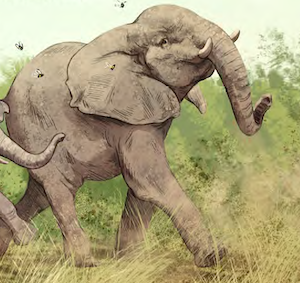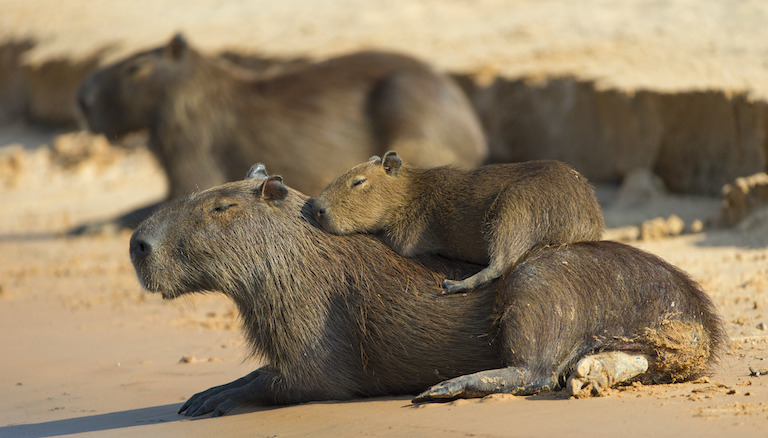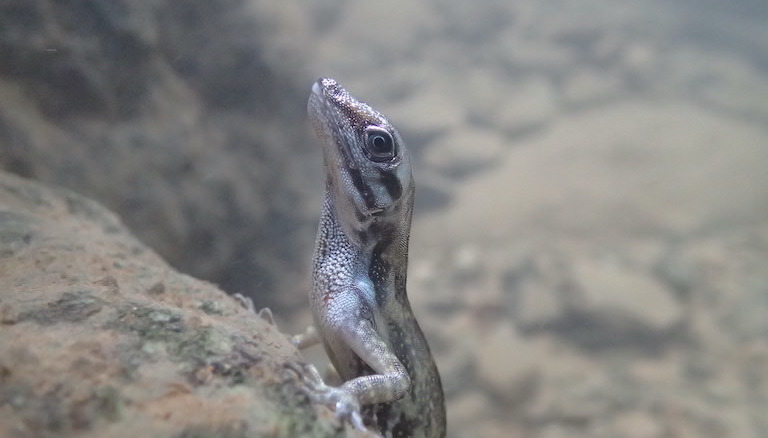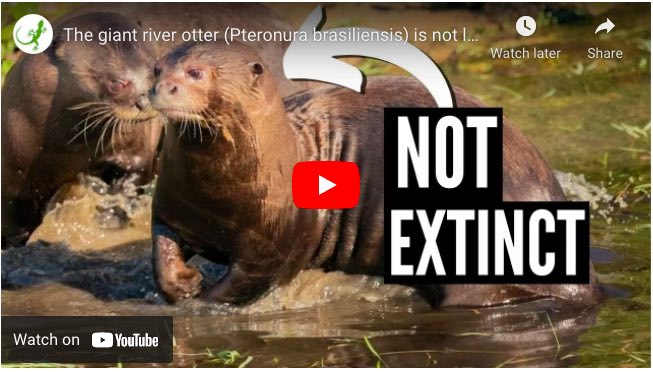Mountain lions are apex predators
Mountain lions, also known as pumas and cougars, are apex predators in ecosystems across North and South America. An apex predator is at the top of the food chain.
Mountain lions are the second largest cat species in the Americas after the jaguar. Mountain lions eat deer and many other species of animals, but nothing hunts and eats them.
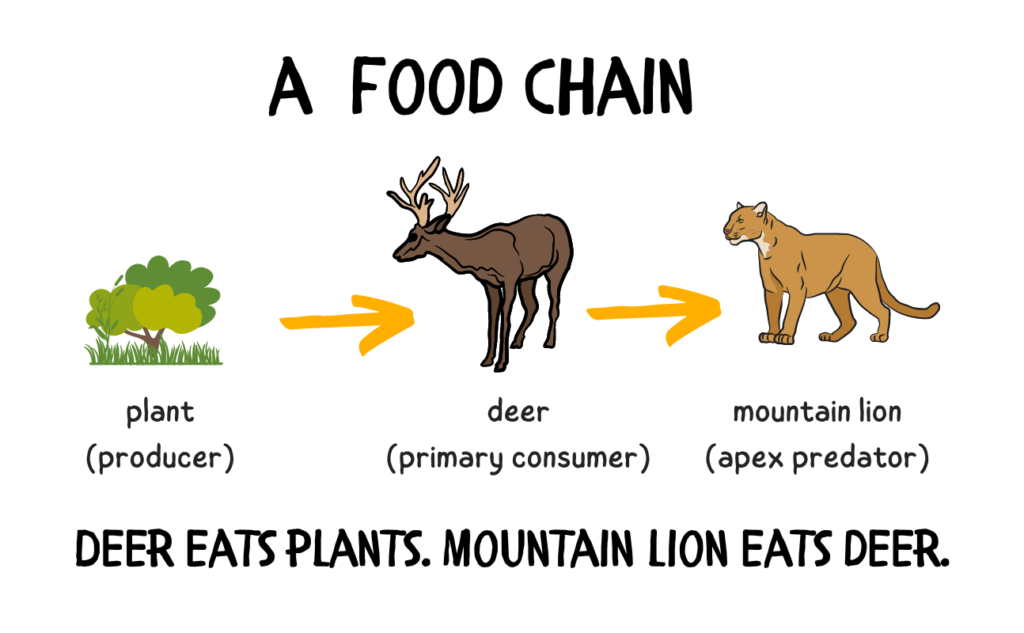
Mountain lions may be “gardeners”
Scientists are discovering that not only are mountain lions important predators, but they may also be creating “gardens of prey” in the ecosystems where they live.
After killing and eating, mountain lions leave the carcasses of their prey behind. When these carcasses break down, nutrients like nitrogen and carbon are released into the soil. Plants grow well in these nutrient-rich soils. These plants in turn attract more elk and deer, the animals that mountain lions eat.
By repeatedly hunting in the same area, mountain lions create nutrient-rich zones that aid in capturing more prey in the future.
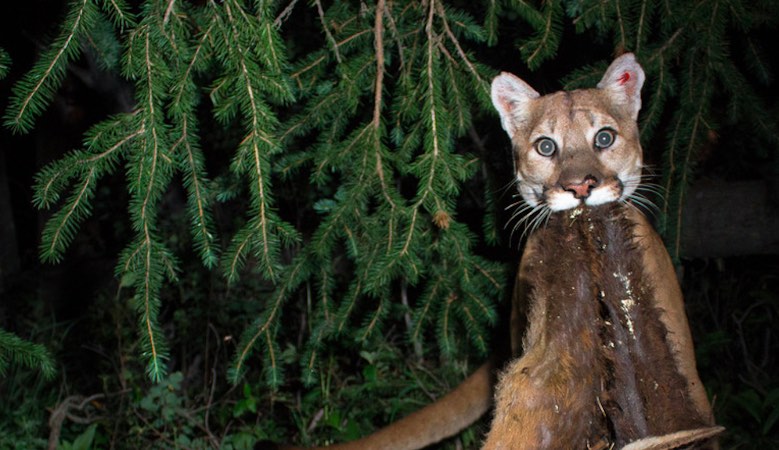
How did scientists make this discovery?
Scientists from Washington State University and the non-profit Panthera have been studying GPS-collared mountain lions in the Greater Yellowstone Ecosystem of the western United States. GPS allows scientists to track the location of these mountain lions and find out what they are doing.
The scientists identified 65 mountain lion kill sites in the Greater Yellowstone Ecosystem. They found that mountain lions made kills in only a small fraction of the environment (4%). The soil and plant samples in these “prey garden” kill sites had more nutrients than areas without mountain lion kills.
Scientists measured nutrients in soils and plants at 172 ungulate (hoofed animal) carcasses killed by mountain lions. They found that the presence of carcasses altered the total nitrogen of soils and plants in the area. This finding suggests that plants were absorbing substantial amounts of nitrogen from the carcasses.
The scientists estimated that each mountain lion made about 482 nutrient-rich spots in their lifetime. Mountain lions are very active gardeners of prey!
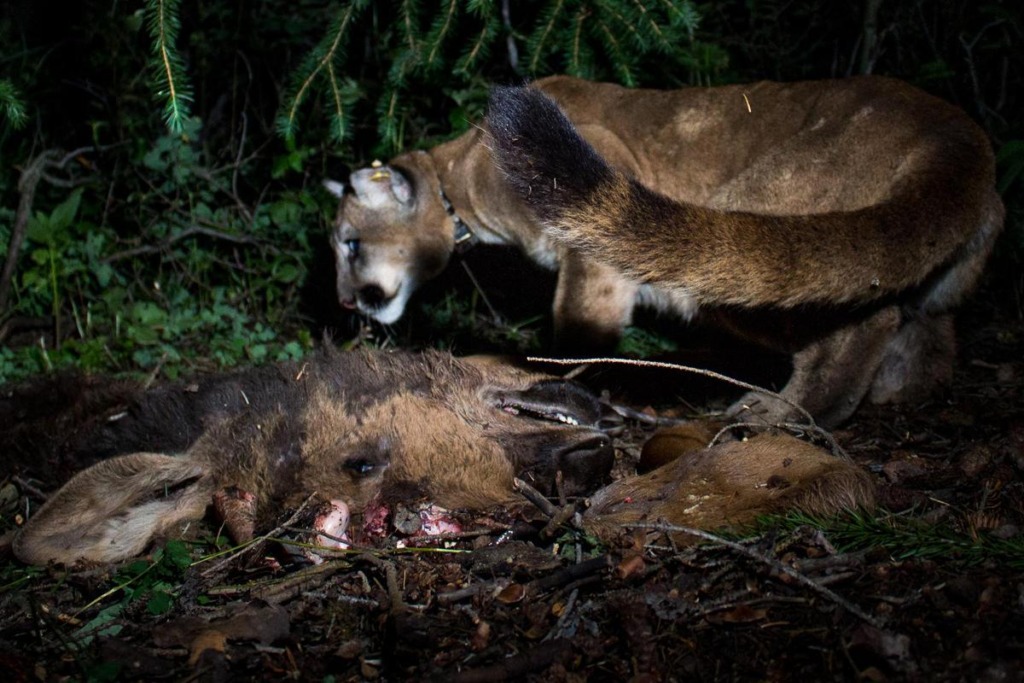
Carnivores like mountain lions are important
When a mountain lion leaves behind the carcass of its prey, many things happen. Decomposers like insects and worms come and break down the carcass. Nutrients are released into the soil. New plants grow on that piece of land. Other animals come to feed on the plants. And carnivores come too. The cycle continues.
This study has helped show that mountain lions – like other apex predators – play an important role in the way ecosystems work.
This story was adapted for Mongabay Kids. It is based on an article by Liz Kimbrough, published on Mongabay.com:
Citation for the scientific paper:
Peziol, M., Elbroch, L. M., Shipley, L. A., Evans, R. D., & Thornton, D. H. (2023). Large carnivore foraging contributes to heterogeneity in nutrient cycling. Landscape Ecology, 1-13. Doi: 10.1007/s10980-023-01630-0

